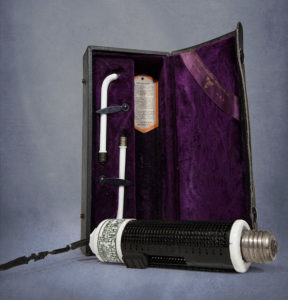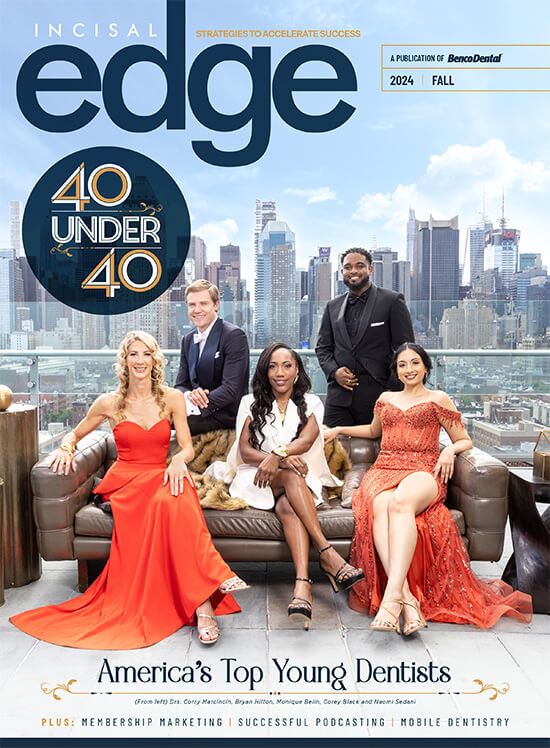Before X-rays were standard, this innovation helped diagnose patients with blasts of white light.
By Larry Cohen

That was my hunch, but I wasn’t sure. I thought I’d seen pretty much every dental product, innovation and gizmo of the past century. This one stumped me, so I did some research to figure out exactly what it was and what it was supposed to do.
It turns out I was wrong. (You probably were too. Thankfully, no one’s keeping score.) This electrical marvel is something called a trans-illuminator.
There was a time, during dentistry’s early years, when conventional wisdom held that illuminating teeth with a strong white light was superior to, and safer than, X-rays for diagnosing infection and decay. The trans-illuminator looks similar to a device from about 100 years ago called the Cameron Dental Diagnostoset, a popular medical tool used to distinguish between healthy and congested tissue. Both the trans-illuminator and the Diagnostoset came in lined cases that underscored their value and utility. This is a handy reminder to all innovators—were one even necessary—that today’s breakthrough is tomorrow’s antique. Disruption, it seems, is as old as enamel.
LARRY COHEN, Benco Dental’s chairman and chief customer advocate, has over the past half-century collected hundreds of unique dental artifacts, which reside at Benco’s home office in Pittston, Pennsylvania.



